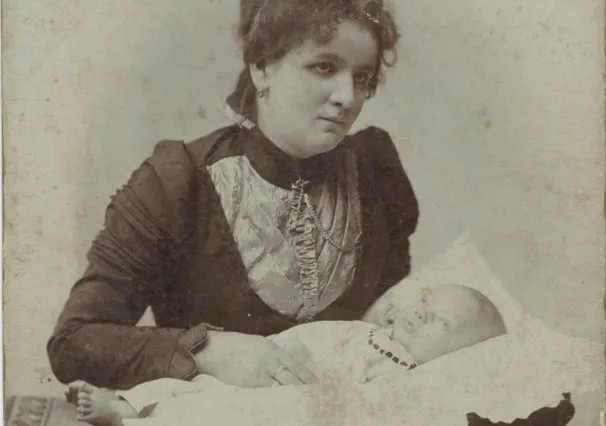The image of Otylia Januszewska holding her deceased son, Aleksander, embodies the Victorian tradition of post-mortem photography—a practice popularized in the mid-19th century to honor the dead and preserve a final connection to loved ones. Rooted in the concept of memento mori (“remember you must die”), this tradition reflects humanity’s enduring acknowledgment of mortality, seen in earlier eras through symbolic art and trinkets.
With the advent of 19th-century photography, families could immortalize their deceased, creating personal, lasting bonds. These photographs offered a tangible way to mourn and maintain a connection with those who had passed.
Unlike today’s tendency to focus solely on celebrating life while avoiding the reality of death, Victorians openly embraced it, integrating death into rituals and practices. Post-mortem photography, peaking in the 1860s and 70s, became especially common in the UK, USA, and Europe, allowing families to confront and commemorate loss through intimate visual records.


Залишити відповідь